How to tackle reasoning tests – VR and NVR
In this blog, school entrance expert and teacher, Holly, outlines top tips to tackle reasoning tests. Verbal and Non-verbal reasoning tests are used by most independent and grammar schools to help with their selection process. These handy hints should help your child tackle what can be quite challenging questions.
Part 1 – Verbal Reasoning: Alphabetical order and hidden words
Alphabetical order
This may sound simple but can quickly become complicated, with some questions asking your child to remove letters from the normal alphabet then work out the position of a certain letter in a word without those other letters in there.
For example: If you take all the vowels out of the following words, then spell them backwards, can you put them in alphabetical order?
Twentieth, aftermath, bandwidth, sixteenth
If you are starting out and aiming for one of the 7+ or 8+ assessments, why not use some of the items you have at home to introduce alphabetical order. Books can be alphabetised in so many fun ways – by author, by title, or even by topic. Let your child come up with their own system – even looking at and reading the titles of books together is such fantastic practice. Use cookery books and then as a reward bake your favourite cookies or cakes together.
If your child is aiming for 11+ or 13+, consider a more complicated task such as asking your child to randomly think of ten countries they’d like to visit, and making a list of these. Once you’ve checked the spelling together using an atlas or globe, try different ways of ordering them – alphabetically, then alphabetically in reverse order, then taking out all the vowels and observing how that affects the alphabetical order. As a treat, look at some pictures together of the places they have chosen and plan a virtual trip there – the most exciting thing about new countries for children is usually the food!
16+ students may enjoy an online game such as Wordle. This five letter game is simple and there are plenty of variants appearing including ‘Adverble’ – you could even make your own and test each other as a family. A new word appears every day online.
Top tip: use the resources you have at home to make alphabetical order come naturally to your child!
Hidden words
These questions usually involve words within sentences or phrases, often hidden at the beginning and end. So, for example, the sentence ‘The girl ate the apple’ contains two hidden words – ‘late’ and ‘heap’, using the final one or two letters of one word and the first two or three of the second. You can make up your own examples, and in my experience children do quite enjoy testing their family with this, but it is more suited to older ones (11+ onwards).
Once you start to look at sentences or phrases in this way, you quickly become familiar with the technique, which involves sounding out the letters and working out which letters commonly belong together. The fun aspect of this is that hidden words can be found almost anywhere. Try the following and see if you can find any:
Your child’s full name, and the names of their friends
Your address, or the address of their school
The first sentence of a random book from the shelf
A newspaper headline, either in print or on a reputable website
Another fun activity to try which combines both question types (alphabetical order and hidden words) is looking at car registration plates and seeing if you can make a phrase or two words by adding in letters. This allows children to see how words work and how letters come together to make words. These don’t have to make sense! For example, YG63 ATM could become ‘Yogurt atoms’.
Top tip: you can find hidden words in almost everything: make inventing new words part of the fun of reasoning practice at home!
Section 2 – Non-Verbal Reasoning: Similarities and differences
Similarities
In these questions, children are asked to find similarities between a series of pictures, and then identify features in a separate series of pictures which match up. Another way to think about this is that they are finding features in common between a set of images, and then applying this knowledge to a second set of pictures – finding the one that fits best.
If you are starting out with non-verbal reasoning (NVR) at 7+ or 8+, it can appear intimidating at first glance, with all sorts of shapes and patterns, and a huge variety of question types. However, remember that your child has been developing these skills since before they learnt to read. Games such as Picture Dominoes and Spot the Difference which parents play with young children are ideal for the development of NVR skills. Why not find those games and dust them off – they’re perfect for improving observational and logical skills needed for assessments, and you might have fun too!
If your child is aiming for 11+ or 13+, the temptation can be to head straight for one of the many workbooks or books of test papers available. However, these are best used by tutors – otherwise they can quickly appear overwhelming to a child and can cause their confidence to drop. Instead, find patterns in your home or when you’re out and about. Go out and look at the front of your house or your apartment block. What similarities can you see between your house and others on the road? What differences are there in the layout of the apartments? Look closely at two pieces of furniture such as two chairs from different rooms. What features do they have in common? Patterning? Number of legs? Can you find a similar chair elsewhere in your house or in a magazine? What makes it similar?
16+ students will probably be working independently on NVR but will benefit from discussion of more complex patterns. If you have any artwork in the house, take time to discuss the similarities between two paintings. Shapes? Colours? Patterns? Now find a picture online which is most similar to them, and discuss what makes it so.
Top tip: use the resources you have at home to make recognising patterns in non-verbal reasoning come naturally to your child!
Differences (sometimes known as ‘Odd One Out’)
In these questions, children are asked to find one picture in a sequence that does not fit with the others – it shows differences which make it the ‘odd one out’.
Aiming for a 7+ or 8+ assessment? As with the similarities questions above, you may be surprised how familiar your young child is with these types of situations. Most parents have played an ‘odd one out’ game or can easily create one using household objects – try sets of cutlery, cushions, linen, books or pictures. Allow your child time to create their own game to test you – they will have fun challenging themselves and you to find the odd one out in their group of objects.
Your older child who is preparing for the 11+ or 13+ assessment will need a more difficult set of comparisons. If you are lucky enough to live near, or to be able to visit, a beach, use sets of stones or shells to compare and find tiny differences in size, thickness or colour. Which is the odd one out in their collection? A forest can provide a similar activity with leaves or flowers. In a city, look at buildings in a street – this is particularly useful in a big city where there may be obvious differences in residential streets due to buildings which have been re-built or re-modelled in some way. You may find you have a budding architect on your hands when you start to look at buildings closely!
16+ students will have their own interests, and it is a good idea to build on these to find differences. If they are chemists, consider asking them to explain which chemical elements are odd ones out; biologists will be able to do the same with types of cells. English literature students will explain differences in the form of a poem on the page, and Mathematicians in the way a formula works. Allow to them explain how they understand difference, and they will develop a clearer understanding of what it looks like on the page.
Top tip: you can find differences between almost any group of objects: make collecting things and talking about them part of the fun of reasoning practice at home!
I hope you enjoy these ideas to help prepare your children for verbal reasoning assessments; do let us know if we can be of any assistance!



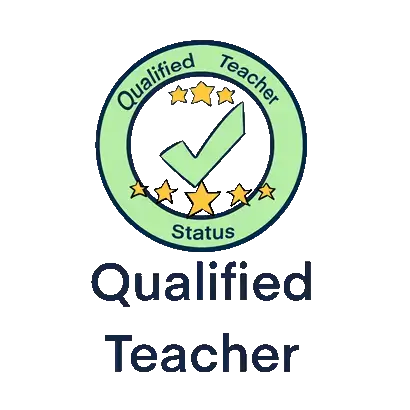
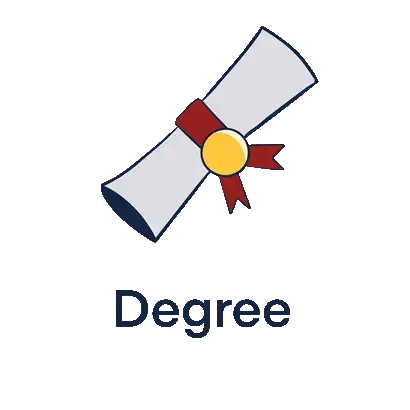
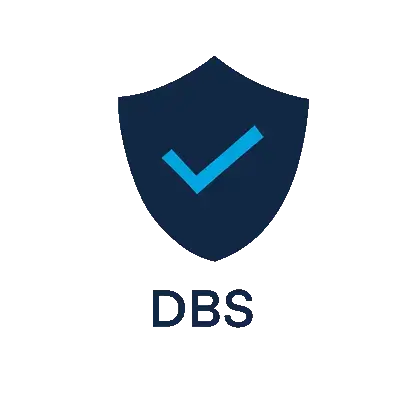

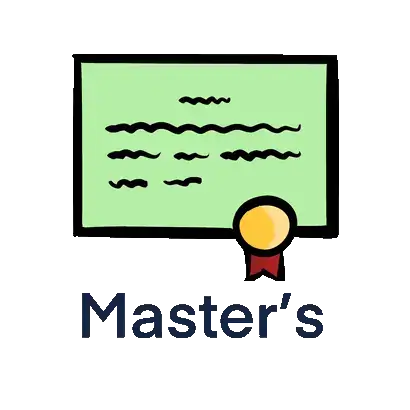

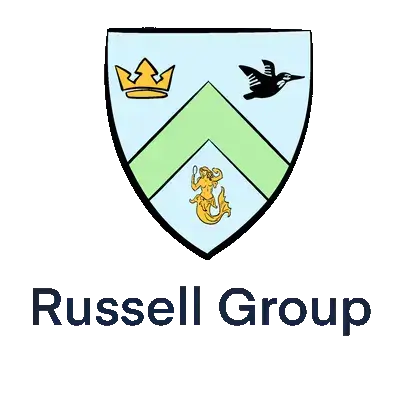
Start the discussion!